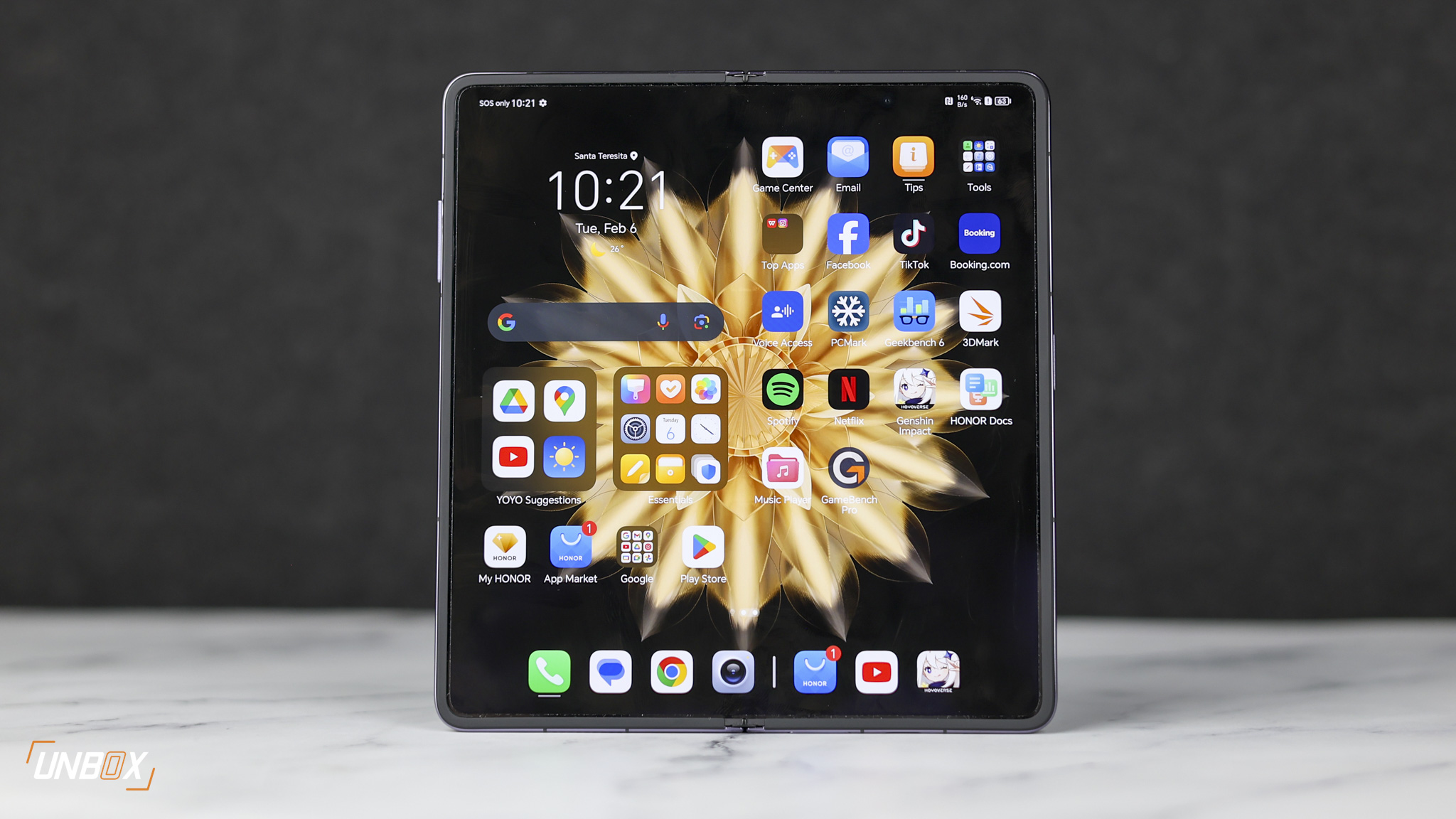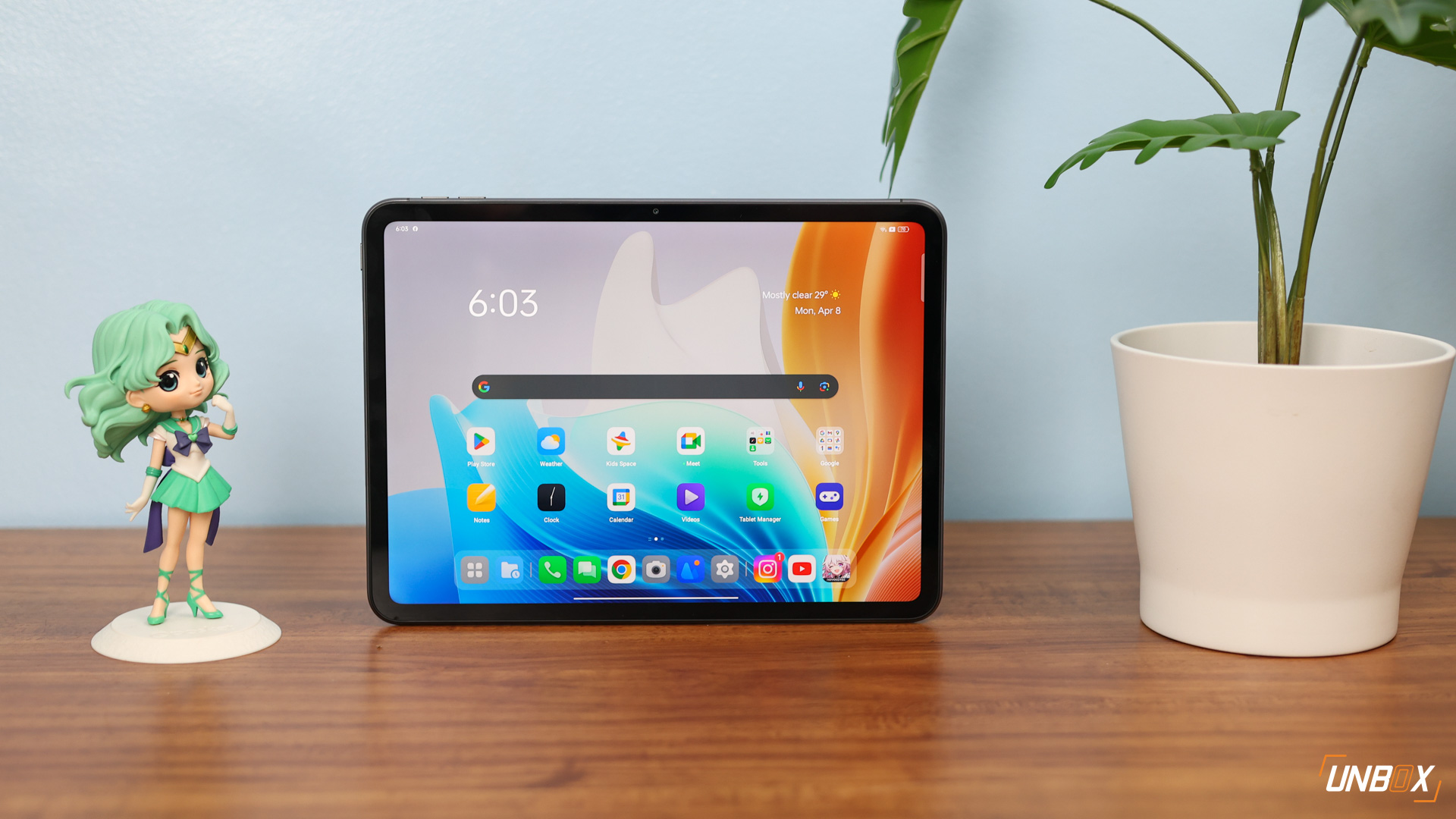The shortage of semiconductors has been affecting several industries as of late. While high-end GPUs like NVIDIA’s RTX 30 series and AMD’s Radeon 6000 series are what come to mind, the shortage affects more industries. These include cars and gadgets like smartphones and laptops. While the shortage was initially noticeable with laptops last year, the current semiconductor problem is affecting more industries this year–and possibly in 2022.
How bad is the shortage of semiconductors? So bad, that factories are reducing production to cope up, which leads to products that depend on chips being more expensive–like when the latest GPUs sell for double their SRP.
As for smartphones, the shortage will also force brands to impose a price hike. Previous reports said that TSMC will be raising the foundry price of its 12-inch wafers by around $400 (or approximately 25%) starting this month. Other chip manufacturers are expected to follow through, which leaves smartphone brands no choice but to impose a price hike on their upcoming offerings.
Xiaomi President Wang Xiang mentioned the possibility of all of their products being more expensive since last month due to low supply and high demand, and the closure of Samsung’s production plant in the US has even resulted in Qualcomm struggling to meet the demands of its clients–which can best explain why it is not easy to buy a Snapdragon 888-powered phone. Foxconn–the primary manufacturer of iPhones–even said that the chip shortage will persist until 2022.
With the current situation right now, the production of semiconductors and chips, in general, is not going back to normal anytime soon. That being said, the price hike for smartphones and other products that depend on semiconductors is inevitable at this point, and it will be unfortunate that consumers will have to pay for that cost.
So before you complain about why some smartphones are more expensive than expected, you have to understand the current situation first.



































































